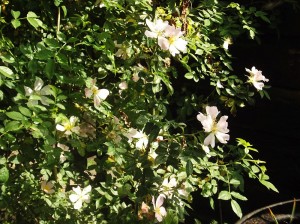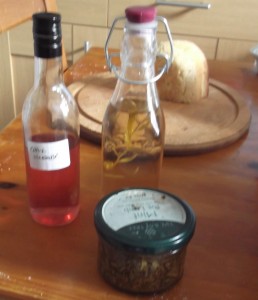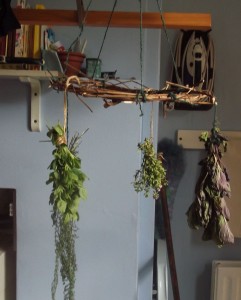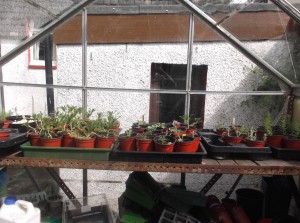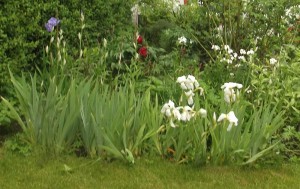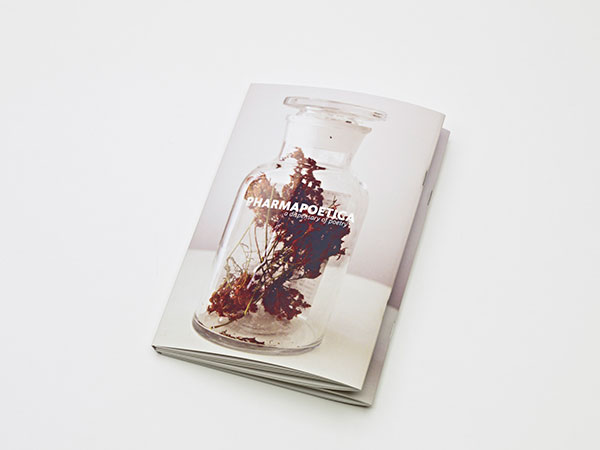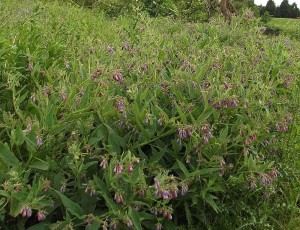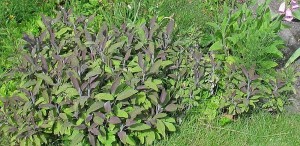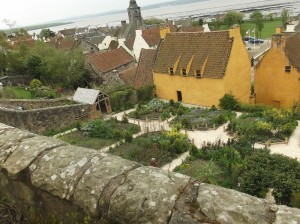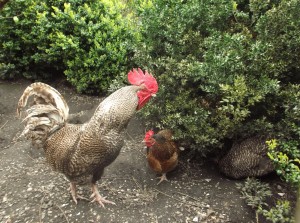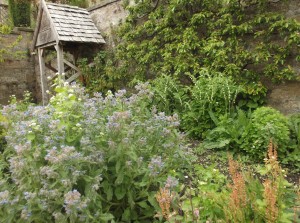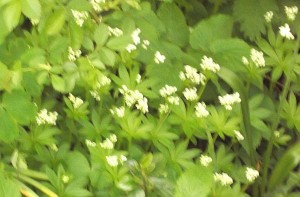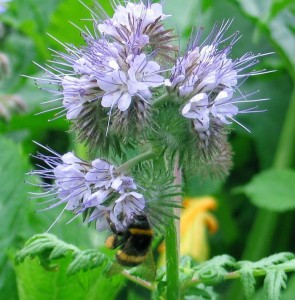
 These are old pictures of bees on flowers in my garden. This year the bees are all on the sage plants, (see below) but although I tried to take photos they eluded me completely. It’s been a wonderful year for bumblebees – I looked up the useful identification guide on the Bumblebee Conservation Trust, and discovered that there are buff-tailed bumble bees (males and workers) garden bumble bees, early bumble bees, common carder bees, and red-tailed bumble bees, all working the plants. It’s very noisy, but I hope it means that seed will set. I’ve had some luck with sage from cuttings, but sowing from seed is always interesting.
These are old pictures of bees on flowers in my garden. This year the bees are all on the sage plants, (see below) but although I tried to take photos they eluded me completely. It’s been a wonderful year for bumblebees – I looked up the useful identification guide on the Bumblebee Conservation Trust, and discovered that there are buff-tailed bumble bees (males and workers) garden bumble bees, early bumble bees, common carder bees, and red-tailed bumble bees, all working the plants. It’s very noisy, but I hope it means that seed will set. I’ve had some luck with sage from cuttings, but sowing from seed is always interesting.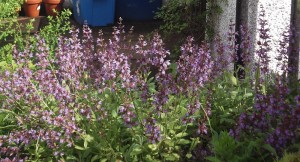 Last week the latest magazine from the Herb Society, herbs, arrived, and I was delighted to see two articles about herbs in Scotland featured in it, as membership is relatively thin on the ground here, and Scotland doesn’t often get a mention. There is an article about the organic herb garden at Poyntzfield, a place I’ve heard of, but never visited, and another entitled ‘Scotland’s Lost Lavender Fields’. This was fascinating as there was a garden at Gardening Scotland featuring ‘Banchory lavender’, which I’d never heard of. I would have thought that Scotland was an unlikely place to grow lavender on a commercial scale, but apparently the original grower, Andrew Inkster, developed a variety from the Munstead cultivar (now named as “Lavender Toramhor”) which was perfectly hardly, and though its yield was less, the oil was of a superior quality. Woodend Barn, the Arts Centre in Banchory, ran a project there last year, which you can read about on the website of the artist Helen Smith.
Last week the latest magazine from the Herb Society, herbs, arrived, and I was delighted to see two articles about herbs in Scotland featured in it, as membership is relatively thin on the ground here, and Scotland doesn’t often get a mention. There is an article about the organic herb garden at Poyntzfield, a place I’ve heard of, but never visited, and another entitled ‘Scotland’s Lost Lavender Fields’. This was fascinating as there was a garden at Gardening Scotland featuring ‘Banchory lavender’, which I’d never heard of. I would have thought that Scotland was an unlikely place to grow lavender on a commercial scale, but apparently the original grower, Andrew Inkster, developed a variety from the Munstead cultivar (now named as “Lavender Toramhor”) which was perfectly hardly, and though its yield was less, the oil was of a superior quality. Woodend Barn, the Arts Centre in Banchory, ran a project there last year, which you can read about on the website of the artist Helen Smith.
Added to this, there was a story about the Old Medicine House in Blackden, Goostrey. This made me prick up my ears, as Goostrey will always be associated in my mind with one of my favourite children’s stories, The Weirdstone of Brisingamen. Sure enough, the house was bought and restored by the author Alan Garner, and the whole site sounds like a fascinating place to visit. Membership of the Herb Society looks like being a really helpful thing as I get deeper into this project!

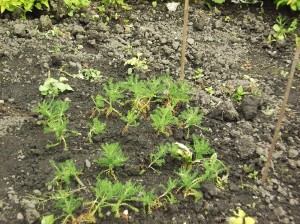
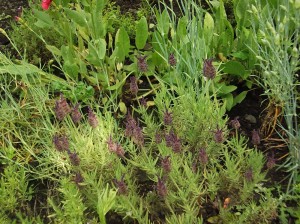 and the sweet briar is in full bloom. I’ll leave these to set hips, and try to make rosehip syrup.
and the sweet briar is in full bloom. I’ll leave these to set hips, and try to make rosehip syrup.